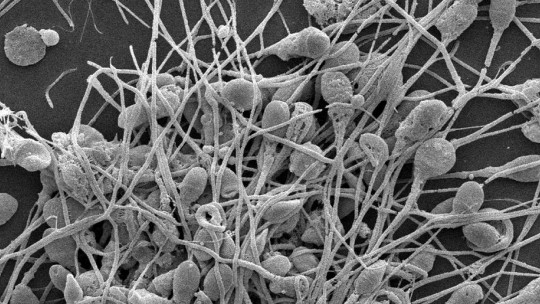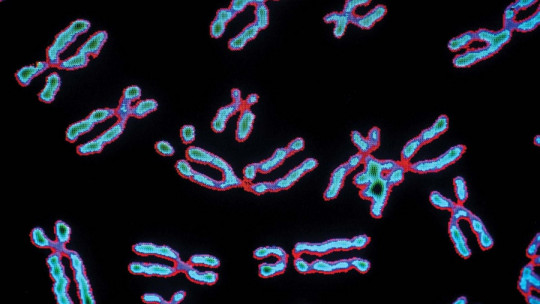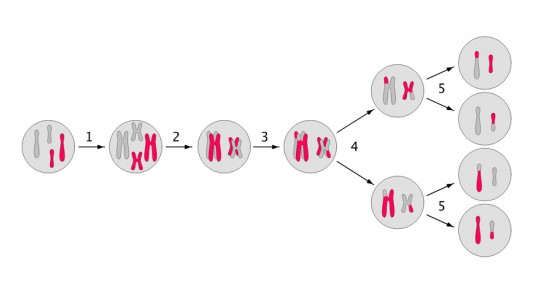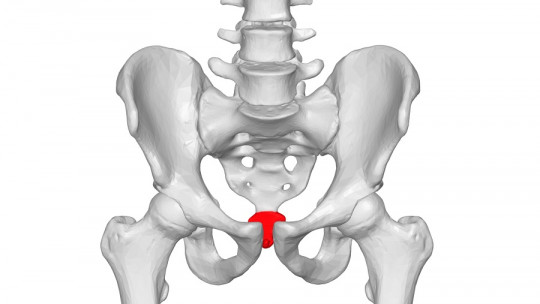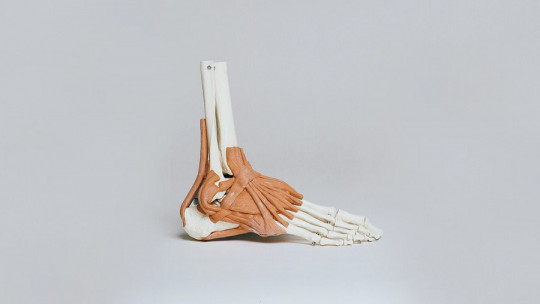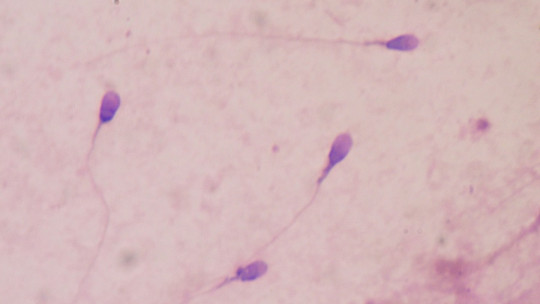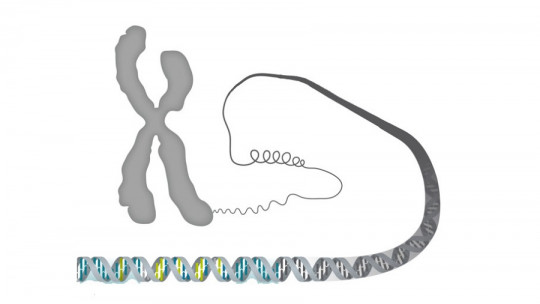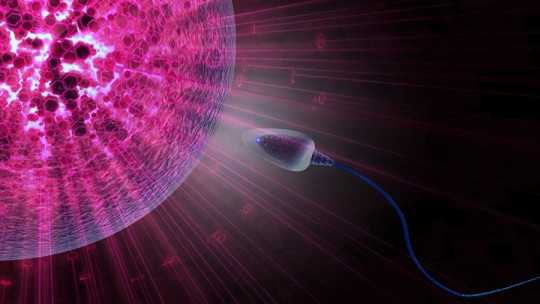
As Charles Darwin’s theory of selection indicates in his work On the Origin of Species (1859), the diversity of life on planet Earth has emerged from the common descent of a series of key ancestors through a pattern branched of evolution. Living beings exist through and for reproduction, since the ultimate goal of every animal is to leave its genetic mark on future generations in the form of offspring, no matter what the cost.
Human beings, as conscious and sentient animals that we are, find pleasure and a reason for existence beyond the mere act of reproducing. Still, we cannot deny that sex is an essential part of our lives, both at the species and individual level. For example, data collected by the professional portal Statista shows us that almost 40% of Spaniards, in 2020, had sex at least once a week. 2% of the population practices intimate relationships almost every day of their lives.
With these data, we want to reflect that sexuality is natural, and beyond stigmas and preconceptions, it follows biological mechanisms common to many other members of the animal kingdom. Here we tell you everything about human fertilization at a molecular, genetic and physiological level.
The genetic bases of human fertilization
First of all, it is necessary to highlight that Human cells are diploid, that is, they have a pair of copies of each chromosome inside their nucleus (2n) Diploidy is not a characteristic common to all living beings, since, for example, the males of many hymenoptera only have one set of chromosomes, or in other words, they are haploid (n).
Diploidy is expensive, because for each cell to have a copy of a chromosome, there must have been a fertilization episode between a male and a female of the same species. One of the chromosomes comes from the male gamete (sperm) and another from the female gamete (egg). Since each of these cell bodies are haploid (n), the fusion gives rise to a diploid zygote (2n). In the case of the human genome, the basic formula of the process would be the following.
Fertilization: sperm (n:23) + egg (n:23) = zygote (2n:46)
So that, Each of the cells derived from the zygote (somatic line) has 23 pairs of chromosomes in its nucleus, making a total of 46, half from the father and half from the mother The fertilization mechanism allows genetic variability to exist, since chromosomal permutations, crossing over and many other events that occur during the formation of gametes and fertilization are the key to diversity within the same species.
In addition to all this, it should be noted that diploidy has a clear meaning at the individual level. Since we present one copy of each gene, it is expected that if one of them fails on a given chromosome, the other can make up for the deficiency Therefore, fertilization is expensive, but it is always worth it as a biological strategy.
It all starts in the germ cells
Somatic cells, which make up our entire body, divide by mitosis When we get a wound or suffer skin peeling, the tissues that replace the lost section are made up of exact copies of the previous cells, that is, they are genetically the same.
To form a male or female gamete, however, there is a special cell group: germ stem cells. These, unlike the rest, divide by meiosis and not mitosis. The objective is to reduce the genetic information by half (from diploid to haploid) so that, when both gametes fuse, the zygote recovers diploidy
Let’s take spermatogenesis as an example. The complete cycle lasts 75 to 90 days and begins with the spermatogonic phase, in which type A and B spermatogonia are formed from germ cells by mitosis. B spermatogonia specialize into spermatocytes, which are the ones that will undergo the meiotic division to divide your genetic information in half.
After meiosis I and II, 4 spermatids emerge from each spermatocyte, which in turn have undergone processes of chromosomal permutation and genetic crossing over It is enough for us to know that the information of spermatids is not the same as that of a diploid cell and, therefore, genotypic and phenotypic diversity is generated between parents and children. The last step is the maturation of the spermatids into mature sperm, ready to fertilize the egg, which in turn has undergone a similar synthesis process in the female reproductive system.
The moment of fertilization
Fertilization is the act of union of the egg and sperm that allows the beginning of pregnancy. We will save preliminaries, since it is easy to assume that we are all, at least, familiar with the mechanical component of the sexual act.
Once male ejaculation occurs, the sperm travel through the vagina, ascend through the female genital tract and meet the egg ready to be fertilized in the fallopian tubes. It is estimated that there are 15 to 200 million male gametes per milliliter of semen, but curiously, only a few hundred reach the female tubes. As you already know, only one of them fertilizes the female egg, which in this case is you, the reader of these lines.
For fertilization to occur correctly, the woman must be in her fertile period of the month, that is, approximately between days 14-15 after the first day of monthly bleeding In general, a woman is considered ready to become pregnant when the endometrium (highly vascularized layer that lines the uterine cavity) is 7 to 10 millimeters thick. If the egg is not fertilized, the excess endometrium tissue detaches and comes out through the vagina, in the event we all know as menstruation.
At a microscopic level, several events occur that allow fertilization or entry of the egg into the sperm In summary, these are the following:
From here, a period begins that is somewhat beyond our current powers: implementation. In this point, The zygote begins to divide into 2 cells, then 32, and then hundreds of cells, passing through stages such as the morula or the blastocyst On day 14 after fertilization, the blastocyst effectively invades the endometrium and pregnancy itself begins.
As a curious fact, during implantation around 3 out of 10 women experience an event called “implantation bleeding.” It is believed that this corresponds to the moment in which the blastocyst invades the endometrium, and manifests itself in the form of a period in the form of very light brownish spots a couple of weeks after fertilization.
Summary
We wanted to cover as many biological areas as possible, since human fertilization is too exciting a process to focus solely on the steps that cause the sperm to enter the egg. It is essential to know why we reproduce sexually, which cells give rise to gametes and what happens at a microscopic level in the fallopian tubes of women after male ejaculation.
With all this data in mind, we can affirm that Fertilization is a slow and costly process at a biological level, but very necessary for the permanence of the species over time Thanks to sexual reproduction, genetic variability and the evolution of living beings is possible between generations.


